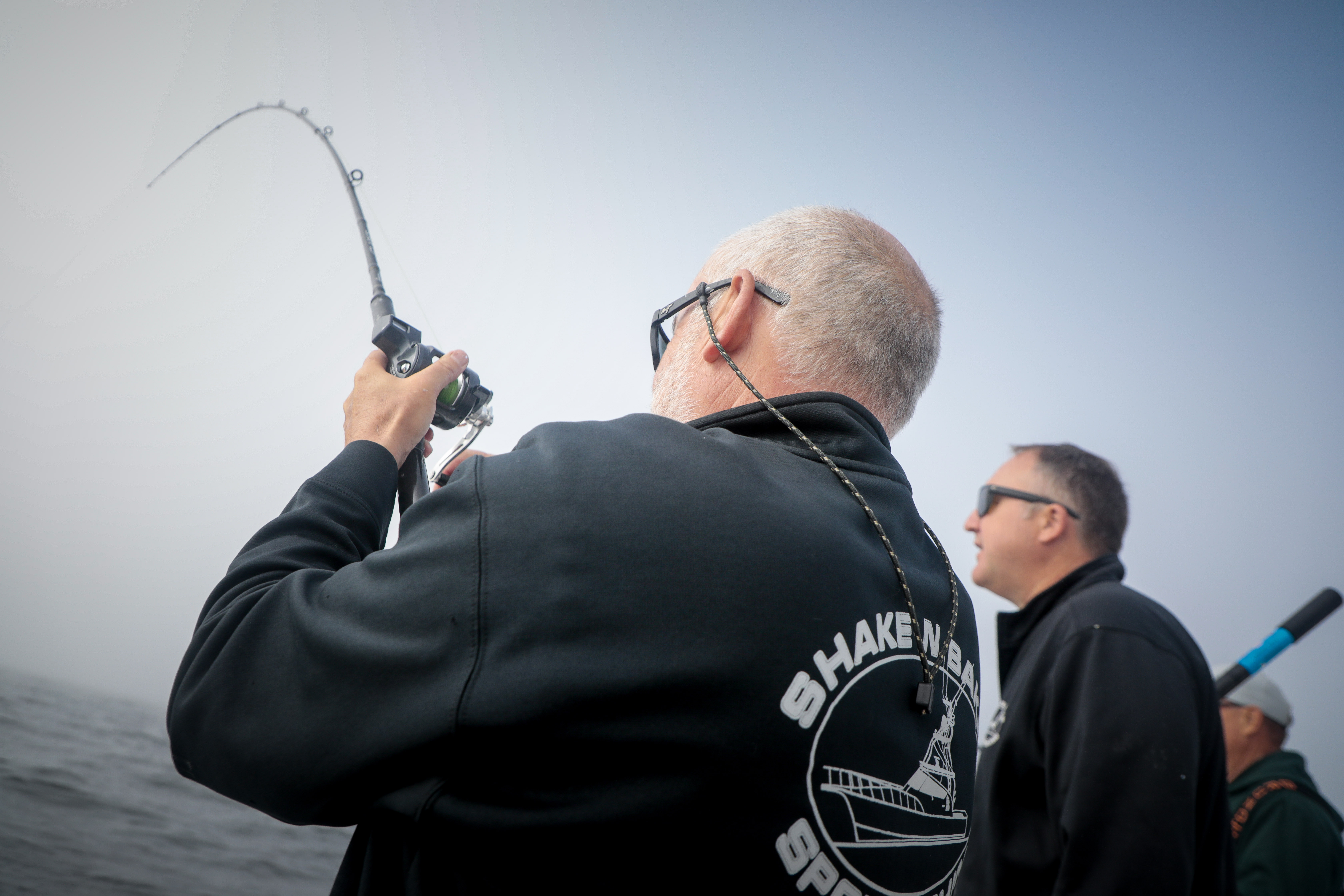Pond-draining stymies bullfrogs
Published 4:00 pm Monday, February 6, 2012

- Bullfrog on the beach
LONG BEACH Jeremiah was a bullfrog. He was a good friend of mine, the rock band Three Dog Night sang in 1971, but they certainly are not friends to their prey. Around here, they dine on insects, frogs, tadpoles, fish, small snakes, newts, salamanders, bats, hummingbirds and ducklings.
Trending
Bullfrogs are an invasive species, having successfully spread throughout the low elevations of Washington. Large populations of this species are believed to have contributed both directly and indirectly to the drastic decline of native amphibians and reptiles.
Spurred by a bullfrog sighting on a Peninsula beach (see accompanying photograph), local wildlife experts informally assessed their status last week.
Bullfrogs are a problem, especially to smaller frogs such as the red-legged frog. Their population seems to increase and decrease little in our area over time. Like any other invasive species, they can be a problem to indigenous species in local ecosystems such as ours, WSU extension agent Kim Patten said.
Trending
I have seen fewer bullfrogs at the Riekkola Unit (on the southwest end of Willapa Bay) than when I first came here in 2002. We have systematically drained some ponds at the Willapa National Wildlife Refuge every other year and used screens to keep the tadpoles from escaping. That is keeping the bullfrog population down, wildlife biologist Marie Fernandez said.
Tadpoles have a two-year maturation period, so draining ponds every other year can effectively keep the bullfrog population in check, protecting native species that are their prey.
We have drained Tarlett Slough every year to also keep the bullfrog problem in check, Fernandez explained. We do not have the funds or manpower to do extensive bullfrog counts, but we have not had to resort to other means of controlling their population since we began draining the ponds five or six years ago.
Bullfrogs were indigenous to the eastern U.S. They were first introduced into Washington during the Great Depression in the early 1930s to provide food in the form of frog legs, even being stocked on frog farms. One online source currently lists frozen frog legs at $13.31 a pound.
On our Peninsulas interior lakes, they are comparatively easy to catch with a hook, fishing line and a bit of worm bait. They now inhabit lowlands in most of the western U.S. and British Columbia. One natural factor that may limit their success here in south Pacific County is a requirement for unshaded waters, which our heavy vegetation keeps in short supply.
The bullfrog is the largest true frog in North America. It can measure eight inches in length, leap up to three feet, and live nearly 10 years. Bullfrogs may travel overland up to a mile from their water source, allowing them to readily expand their range. The large number of eggs laid by the females allows bullfrogs to quickly expand their territory.
Bullfrogs thrive in the warm waters of natural and man-made ponds and can tolerate polluted and muddy waters better than do most native frogs. Bullfrogs usually breed during June and July here in Washington. They sometimes provide background singing on local golf courses.
Adult bullfrogs and tadpoles overwinter in mud on the bottom of ponds and other bodies of water. They hibernate by burying themselves in surface mud or by digging cave like holes underwater.
The red-legged frog is fairly common west of the Cascade Range in Washington, but they have run into problems in California, where they may have inspired Mark Twains famous short story about The Celebrated Jumping Frog of Calaveras County. It inhabits moist forests near cool ponds, lakes, and slow streams, especially where aquatic vegetation provides cover. During the non-breeding season this frog may be found several hundred yards from permanent water, sometimes startling walkers on forest trails.
Red-legged frogs grow to four inches long and get their name from the deep wine-red or burgundy undersides of its legs, thighs, and portions of the belly. On top, they are a spectacular metallic copper color.
Under no circumstances should one take or purchase bullfrog tadpoles for home ponds, transfer wild-caught bullfrogs, or in any way encourage them to expand their range. When adding plants or water to a small pond, make sure you are not also adding bullfrog eggs or tadpoles.









